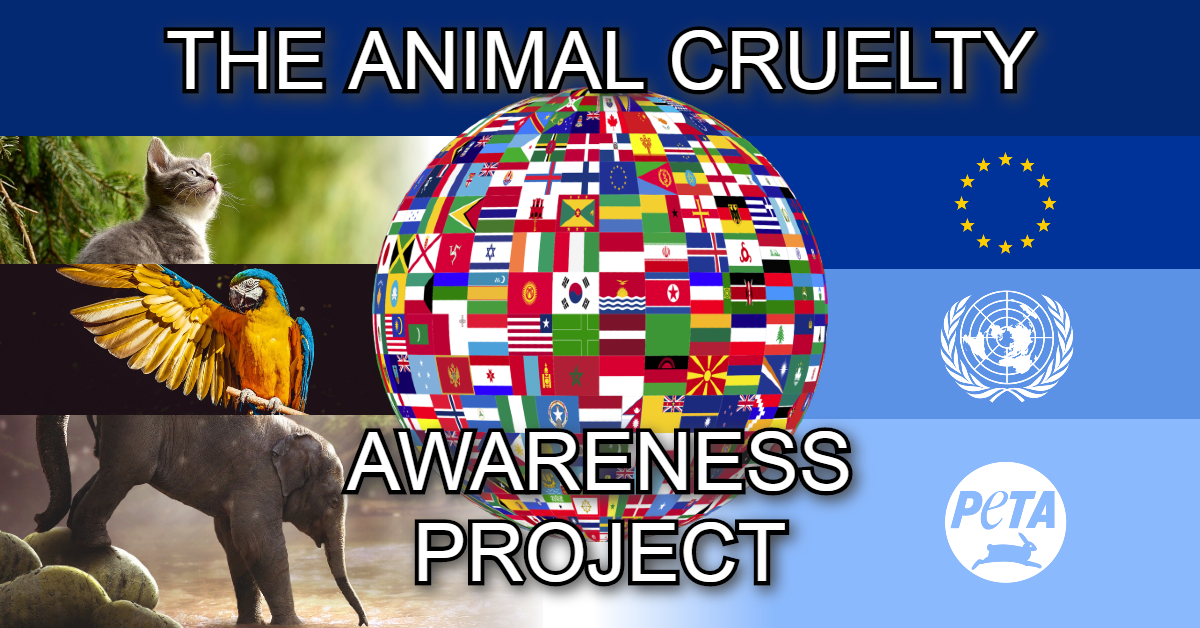In the digital age, the proliferation of online platforms has transformed every aspect of human interaction, including our relationship with animals. As we traverse the labyrinthine corridors of the internet, what becomes painfully evident is the unsettling phenomenon of online cruelty toward animals. It is not merely a manifestation of individual depravity; it is a confluence of myriad factors that collectively fuel this malevolence.
At the heart of this insidious issue lies a stark disconnection from reality. Like specters haunting the digital domain, many individuals perceive animals merely as pixels on a screen, devoid of sentience. This detachment breeds a sense of anonymity and invulnerability. The keyboard serves as both weapon and shield, allowing individuals to unleash their darkest impulses without fear of consequence. Much like an artist with a brush, they create grotesque illustrations of suffering, unencumbered by the weight of real-world repercussions.
Moreover, the relative ease of access to shocking content exacerbates the problem. The internet is a repository of human expression, where the hideous and the horrific can be as easily consumed as the banal and the benign. Sensationalist videos and images proliferate, eliciting both outrage and voyeurism. The darker corners of the web can be likened to a modern-day Roman Coliseum, where audiences gather to witness acts of cruelty, desensitizing them to the suffering of the individual. In navigating this terrain, it becomes vital to understand the psychology of those who indulge in such cruelty.
One factor that often goes unnoticed is the interplay between social media dynamics and animal cruelty. The desire for validation and recognition can lead to a troubling performance of cruelty. Posts that elicit strong emotional reactions, whether revulsion or anger, garner attention and visibility. The meteoric rise of influencers has transformed even the most innocuous of behaviors into a spectacle. In this hyper-competitive landscape, the line between entertainment and sadism blurs. Each ‘like’ or share serves as a reinforcing pat on the back, encouraging further nefarious conduct.
Interestingly, the anonymity that the digital sphere provides is a double-edged sword. While it emboldens some to perpetrate acts of cruelty, it equally fosters a sense of community among activists aiming to combat such behavior. Online forums and social media platforms can serve as sanctuaries for animal rights advocates. Yet, the very same platforms can become breeding grounds for hate speech and organized cruelty if not adequately monitored. The duality of the internet as a tool for both liberation and oppression is starkly evident in the context of animal welfare.
Moreover, individuals who exhibit such cruel behavior often come from backgrounds marked by socio-economic distress or unstable environments. In many cases, cruelty toward animals becomes a learned behavior, a mirrored reflection of violence encountered in their formative years. It is an interplay of nurture and nature, where empathy is stifled amidst chaos. Those who inflict suffering upon animals may not do so from a place of malice; rather, they may be unwittingly perpetuating a cycle of pain.
To further complicate matters, the notion of cultural values and beliefs plays a significant role in shaping attitudes toward animals. In certain societies, animals are viewed as mere commodities—tools for labor or sources of food—stripped of their intrinsic worth. The commodification of life obscures the moral implications of cruelty. Instances of online cruelty often echo these cultural paradigms, demonstrating how societal norms can indirectly condone or even celebrate inhumane treatment.
Conversely, there exists a counter-movement that champions the intrinsic rights of animals. Engaging with discussions surrounding animal rights can illuminate the contrasts in societal values. Advocacy efforts, such as promoting veganism or opposing animal testing, are gaining traction on social media. Yet, these positive movements must contend with the subversive whispers of cruelty that persistently loom on the internet. In this battle for the soul of humanity, awareness and education stand as formidable weapons against ignorance and apathy.
To diminish online cruelty, it is imperative to cultivate empathy through education, fostering an understanding and appreciation of animal sentience. Programs that emphasize humane treatment and respect for all living beings can facilitate a paradigm shift in how individuals perceive animals. Digital literacy also plays a crucial role; discerning between responsible content and sensationalist portrayals can mitigate the risk of desensitization to suffering.
Ultimately, addressing online cruelty toward animals requires a multifaceted approach that acknowledges the complex interplay between individual psychology, social dynamics, cultural beliefs, and educational initiatives. Each factor intertwines like threads in a tapestry, woven together to reveal the larger narrative of our collective moral landscape. Tackling this issue head-on will not only alleviate the suffering of countless animals but also aid in restoring humanity’s dignity and compassion.
In reflection, the question remains: How can we channel the power of the internet to advocate for change, rather than being complicit in fostering cruelty? The answer lies in each of us, as we navigate the digital waters of our age. We have the potential to either perpetuate the cycle of violence or to become stewards of empathy. Let us endeavor to choose wisely.










